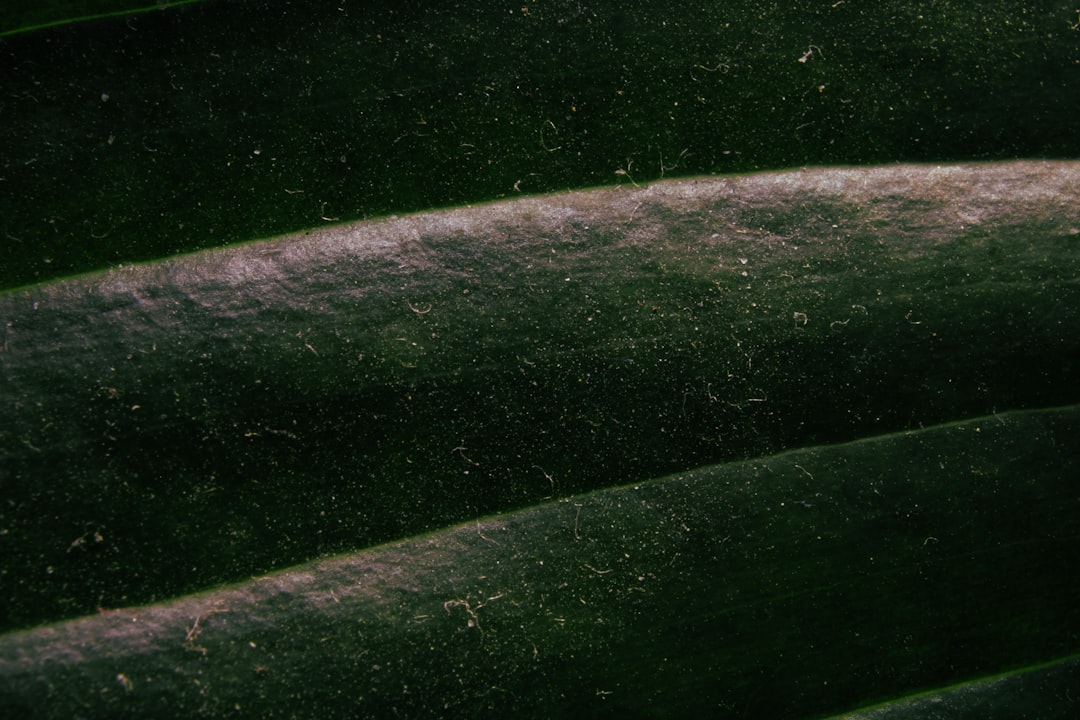After investing time and effort into cultivating your very own cucumber plants, it can be quite disheartening to bite into a bitter cucumber. You might find yourself asking, “Why are my cucumbers bitter?” Fear not, as we are here to guide you through the process of avoiding this common gardening woe with some easy - to - follow tips.
First and foremost, it's essential to understand the reasons behind bitter cucumbers. Cucumbers produce a compound called cucurbitacin, which is responsible for the bitter taste. Several factors can trigger an increase in cucurbitacin production. One of the primary causes is stress. When cucumber plants experience stress, such as inconsistent watering, extreme temperatures, or nutrient deficiencies, they are more likely to produce bitter fruit.
Let's start with watering. Cucumbers are 95% water, so they need a consistent supply to thrive. Inconsistent watering can lead to stress in the plants. During the growing season, aim to water your cucumber plants deeply at least once a week. If the weather is particularly hot and dry, you may need to water more frequently. A soaker hose or drip irrigation system is an excellent choice for cucumber plants. These methods deliver water directly to the soil, reducing the risk of wetting the foliage, which can lead to diseases. Additionally, mulching around the base of the plants can help retain soil moisture, preventing the soil from drying out too quickly.
Temperature also plays a crucial role in cucumber bitterness. Cucumbers are warm - season vegetables that prefer temperatures between 70°F and 85°F (21°C - 29°C). When temperatures soar above 90°F (32°C) or drop below 50°F (10°C), the plants can become stressed. If you live in an area with extreme temperatures, consider providing some shade for your cucumber plants during the hottest part of the day. You can use shade cloth or plant taller crops nearby to provide natural shade. In cooler weather, you can cover the plants with row covers to protect them from the cold.
Nutrient management is another key aspect. Cucumber plants are heavy feeders and require a well - balanced supply of nutrients. Before planting, incorporate plenty of organic matter, such as compost or well - rotted manure, into the soil. This will improve soil structure and fertility. During the growing season, you can also use a balanced fertilizer, such as a 10 - 10 - 10 or 14 - 14 - 14 formula. Follow the package instructions for application rates, as over - fertilizing can also cause stress to the plants.
Genetics can also influence cucumber bitterness. Some cucumber varieties are more prone to bitterness than others. When selecting cucumber seeds or seedlings, look for varieties that are known for their sweet flavor. For example, the “Sweet Success” and “Diva” varieties are popular choices among gardeners for their low bitterness levels. Reading seed catalogs or consulting with local nurseries can help you find the best varieties for your area.
Harvesting at the right time is equally important. Cucumbers should be harvested when they are young and tender. As cucumbers mature, the concentration of cucurbitacin can increase. Check your cucumbers regularly, and harvest them when they reach the appropriate size for the variety you are growing. Generally, most cucumbers are ready to harvest when they are 6 - 8 inches long.
In conclusion, growing non - bitter cucumbers requires a combination of proper watering, temperature management, nutrient control, variety selection, and timely harvesting. By following these easy tips, you can enjoy a bountiful harvest of sweet and delicious cucumbers from your edible garden. So, roll up your sleeves, get out into the garden, and put these strategies into action for a cucumber - growing season that's free from bitterness.

